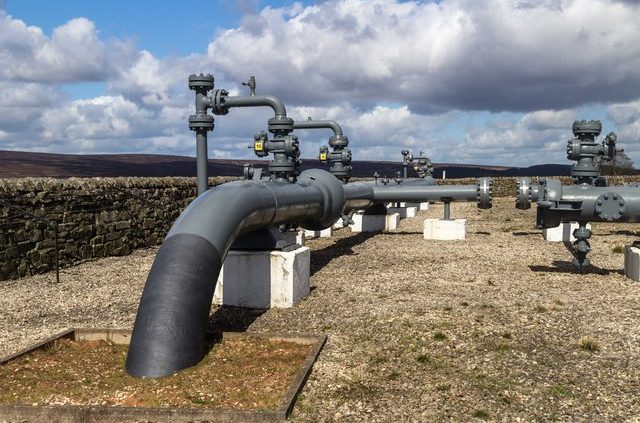There is no doubt that the NDT industry is an attractive industry to get into, especially in Alberta. It is highly specialized, there is a shortage of talent, the skills are in demand and as a result it pays very well. While attending a foundations course at NAIT/SAIT or the College of the North Atlantic is, in my opinion, a required pre-requisite, it does not guarantee a trainee’s success in the day to day of the industry. While some larger organizations follow the “hire 10 trainees and maybe 1 or 2 will work out†approach, Buffalo’s approach is different. We have found that other factors are just as important and in addition to the education piece will predict the success of a new trainee hire.
First thing Buffalo looks at is whether or not the trainee has experience in any other trade whether skilled or unskilled or as a laborer. If a new trainee has this kind of experience its shows that they can handle working and have worked long hours. The standard day for an NDT technician is rarely 8 hours, and a good NDT technician has to be able to keep focused on quality, safety and the job for long periods of time. I find that this is a good indicator of success and tells us whether or not the new trainee can handle the 10+ hour days that are standard in NDT industry.
The second factor that we look for is closely related to the first, and that is field work experience. You have to be able to work for long hours out in the field, on the client site, or on the pipeline in the middle of nowhere in sometimes less than ideal conditions. The trainee has to be able to handle the sights, sounds, people, safety mindset, and pace of work that comes with working on large and small sites. This is a big eye opener for many trainees as the real-life working conditions are not the same as the learning conditions in the classroom or anything else that some candidates have experienced before.
The third factor that Buffalo looks for is where the person is from and where they grew up. In the NDT industry there is a significant amount of time spent in remote locations away from friends and family and a significant amount of time spent traveling to and from these remote locations. Buffalo has found that trainees from rural areas have an easier time with this as they are more comfortable in small town surroundings, have grown up with having to leave home for schooling or other personal endeavors and have grown up traveling long distances as a normal part of life. I am not saying that candidates from cities are unsuccessful, just that I have noticed the initial shock of the NDT industry’s working requirements are more easily weathered by the rural group.
As the Human Resources Manager at Buffalo Inspection, I find that there is a small success rate for newly hired trainees if the above factors are not taken into account during the hiring decision. The amount of work, in terms of hours; the location of work and working conditions, in terms of being out in the field; and the time spent away from friends and family; although a regular part of life in the NDT industry, are a huge eye-opening experience for many first timers.
This all being said the rewards are significant and at Buffalo Inspection Services we openly support our trainees with mentorship, additional training and top wages that reflect best in class for the NDT industry.
By Arthur Kolodenko, Human Resources Manager




